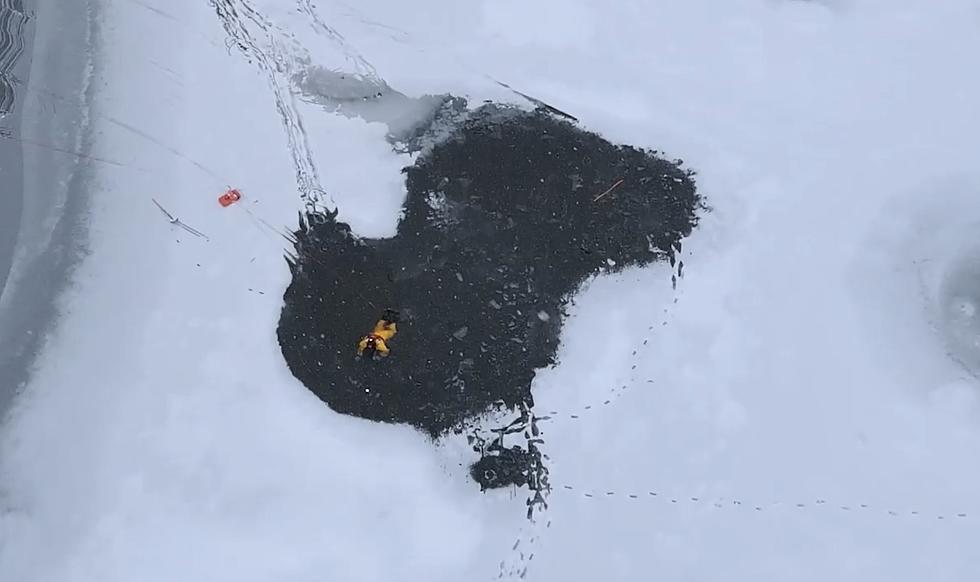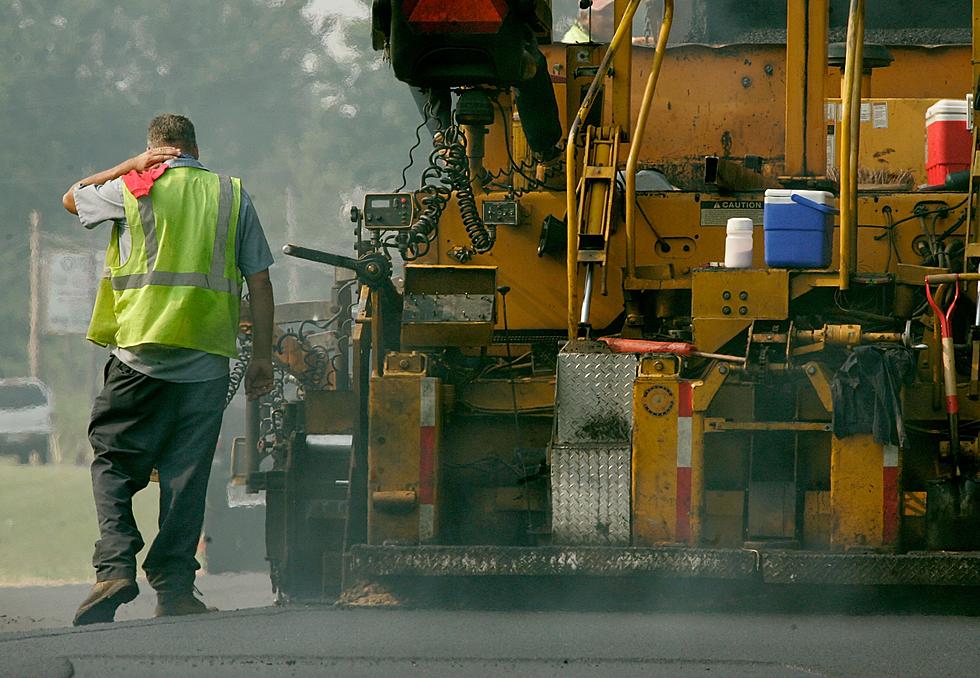
NYSDEC And DOT Partner To Protect Eastern Hellbenders
Albany, NY (WIBX) - The state's Departments of Transportation and Environmental Conservation are working together to protect New York's largest salamander.
The Eastern Hellbender is native to the Allegheny and Susquehanna River Watersheds, and can grow to almost two feet long. Though they are rarely seen by fishermen and river walkers, they are not poisonous and will not effect fishing sites.
Since being added to the "species of special concern" list in 1983, efforts have been made to recreate its habitat. Hellbenders prefer fast moving streams and rivers, making their habitats in dens dug underneath large flat rocks or logs and boards.
To ensure the continued presence of the hellbender in New York, the DEC and DOT have purchased and placed 33 tons worth of large flat stones in 11 areas where the hellbenders habituate.
According to DEC Commissioner, Joe Martens, the rock placements are working.
"Our field observations show hellbenders are using the newly placed rocks and benefiting from the enhanced habitat they produce," Martens said.
Other methods of increasing the amphibian's numbers include hatching and rearing hellbender eggs. The Buffalo Zoo received nearly 700 eggs from the Allegheny Watershed and successfully hatched more than 600. The young salamanders will be reintroduced to the wild in 2013.
According to the DEC, the difficulty in maintaining such a population relies on the hellbender's inability to handle pollution and silt deposits. Silt is made up of rock particles smaller than sand but larger than clay. In addition, high mortality rates to eggs and juveniles in the wild contribute to the hellbenders' declining numbers.
For more information about the Eastern Hellbender, visit the DEC's website.
More From WIBX 950









